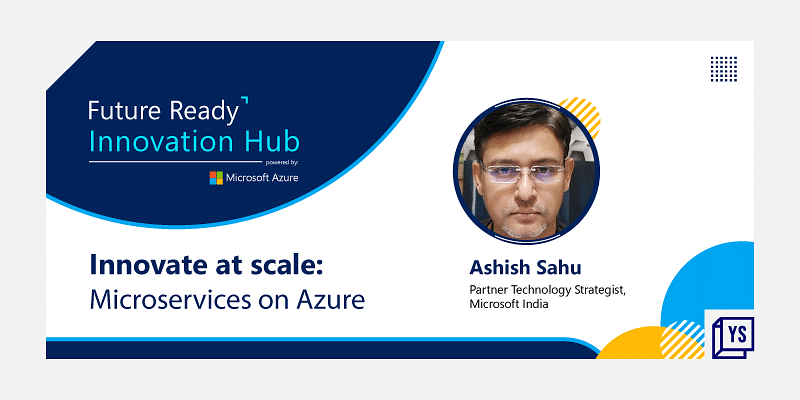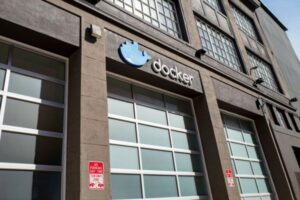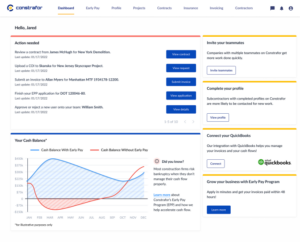Software development is continuously evolving, and developer tools need to reflect the changes in modern development workflows. Using cloud technology, companies are revitalising business models to innovate and upgrade business processes to serve employees and customers better.
“We have observed many developers are designing customer applications and internal solutions while working remotely. Microsoft supports developers worldwide, helping them build required apps, and making remote development possible to achieve their goals and enhance innovation,” said Ashish Sahu, a partner technology strategist at Microsoft.
Ashish was speaking at a webinar titled ‘Innovate at scale: Microservices on Azure’ conducted jointly by Microsoft and YS. He elaborated on best practices and solutions helping businesses to develop and accelerate serverless computing (application) platforms.
Developer velocity fuels business performance
Driving business performance via software development leads to the right business environment and eradicates barriers for developers to innovate.
Using developer velocity, Microsoft reported the business outcomes as four to five times faster revenue growth, 20 percent higher operating margin and 55 percent higher innovation.
In a nutshell, Ashish spoke about increasing the developer velocity by accelerating and equipping developers with tools and services allowing them to be agile and productive with modern software development practices, and at the same time build applications securely and scale innovations.
“To modernise apps, to build cloud-native apps, or to collaborate and contribute to open source, to integrate data and AI into your apps, or rapidly build applications with local platforms, Microsoft supports the entire gamut of tools and services to increase velocity and enable developers to build on their towns,” he added.
He talked about Azure App Service to build, deploy and scale web apps/APIs, Azure Functions (key event-driven serverless architecture) to accelerate and simplify serverless application development, and Logic Apps API to simplify and implement scalable integrations and workflows in cloud infrastructure.
Build web apps and APIs on the cloud
“Azure empowers developers’ productivity and integration with Visual Studio. You can streamline workflow for GitHub, DevOps, Docker Hub, reduce downtime and risks with deployment slots. For the technical stack, you can use the .NET framework for Java, Ruby, Nodejs, PHP and Python over Windows or Linux,” Ashish elaborated.
He demonstrated a step-by-step process of developing a web app on the cloud using Visual Studio along with app service auto-scaling.
Currently, modern apps are adopting event-driven serverless architecture (Azure Functions) to meet real-time applications integration and data mobility. Event-driven applications are constructed with serverless approaches to gain better agility, improved resilience and scalability, and a demand consumption-based cost model.
“By 2025, we predict that 50 percent of enterprises will have deployed serverless compared to 20 percent. Event-driven applications drive benefits including scalable, reliable, real-time communication (IoT) as well as maintain independence, abstraction, and flexibility,” he said, highlighting the benefits of Azure Functions. In addition, Ashish gave a demo of Visual Studio and Azure Functions on how they work and execute with some fundamental steps.
Building serverless applications using Azure tools and solutions provide better scalability, improve latency and flexibility, fruitful hosting and computing, and all at a reduced cost.










